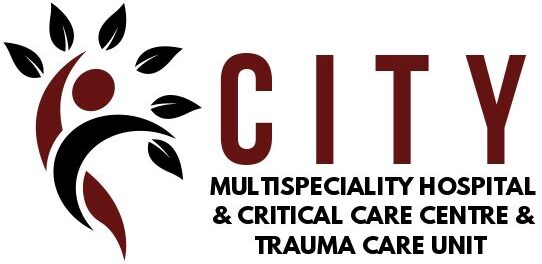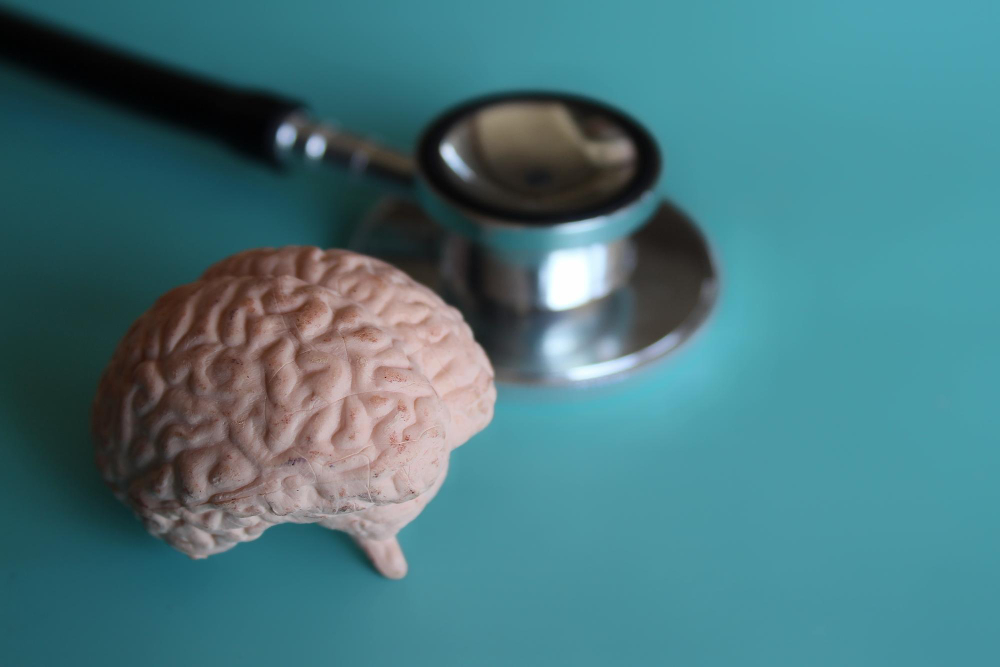Introduction
Stroke is a serious medical emergency that affects millions of people worldwide. It happens when blood flow to the brain stops or is blocked. As a result, brain cells can die within minutes. Because of this, knowing stroke symptoms and how to recognize a stroke can save lives. In this blog, you will learn about stroke, its symptoms, causes, diagnosis, treatment options, and stroke prevention tips. This information can help you protect yourself and your loved ones.
What is a Stroke?
A stroke occurs when blood cannot reach parts of the brain. This can happen because of a blocked blood vessel or a burst blood vessel. When brain cells do not get enough oxygen, they start to die. There are two main types of stroke:
Both types are dangerous. However, quick treatment can improve recovery.
Common Symptoms
Recognizing stroke symptoms early is very important. If you notice any of these signs, act fast. The faster you get help, the better the chances of recovery. Common symptoms include:
For example, you can use the FAST method to remember stroke symptoms:
Causes and Risk Factors
There are several causes and risk factors for stroke. Some you can control, while others you cannot. Knowing these can help you lower your risk. Common causes and risk factors include:
Although you cannot change your age or family history, you can manage many other risks. For instance, quitting smoking and controlling blood pressure can help a lot.
Diagnosis
Doctors use several tests to diagnose a stroke. First, they will ask about your symptoms and medical history. Then, they may perform a physical exam. Common tests include:
Because time is critical, doctors work quickly to confirm a stroke and start treatment.
Treatment Options
Stroke treatment options depend on the type of stroke and how quickly you get help. For ischemic stroke, doctors may use clot-busting drugs. These medicines work best if given within a few hours of symptoms starting. Sometimes, doctors use special tools to remove the clot. For hemorrhagic stroke, treatment may include surgery to stop bleeding. Other treatments may help control blood pressure or prevent future strokes. Rehabilitation, such as physical or speech therapy, often helps people recover skills lost during a stroke.
Prevention Tips
There are many stroke prevention tips you can follow. While not all strokes can be prevented, healthy habits lower your risk. Try these tips:
Even small changes can make a big difference over time.
Lifestyle Guidance
After a stroke, making healthy lifestyle choices is important. These changes can help prevent another stroke. For example, you can:
Because recovery can take time, be patient with yourself. Support from loved ones can help you stay motivated.
When to Seek Medical Help
If you notice any stroke symptoms in yourself or someone else, call emergency services right away. Do not wait to see if symptoms go away. Quick action can save a life and reduce long-term damage. Even if you are unsure, it is better to get checked by a healthcare professional. Early treatment is the key to better outcomes.
Consult a healthcare professional immediately if you suspect a stroke or need personalized advice.

